Franciacorta, an endless supply of history, a truly inspirational vineyard landscape … plus all that fantastic sparkling wine!!
Next time you are traveling to Italy, consider taking a day trip to this luxurious and practically tourist-free region of wine country. Or stop for a day or two and relax awhile…
This Top Ten Essential Franciacorta Guide should help you to choose which wineries to visit while you are in town. It is a relatively small region with the actual vineyard areas being only 1500 hectares total distributed amongst 200 growers.
The cultivation of vines has ancient origins on the hills of Franciacorta, as evidenced by the findings of prehistoric grape seed and the writings of classical authors such as Pliny, Columella and Virgil!!
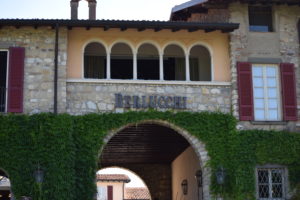 In 1995 Franciacorta, Italy received a DOCG classification. FUN FACT: Franciacorta was the 1st Italian sparkling wine to receive such an honor!!
In 1995 Franciacorta, Italy received a DOCG classification. FUN FACT: Franciacorta was the 1st Italian sparkling wine to receive such an honor!!
It is also the first time that the geographical name has been believed to be DOCG sufficient without any further designation. France has been extremely influential in this region and ALL of the wines that they poured me were DOCG sparkling. I love Bubbles!! Bring it on.
I recently visited, in June of 2017, for a once in a life-time trip with fabulous sparkling wines made in the Champagne method of France that will not soon be forgotten.
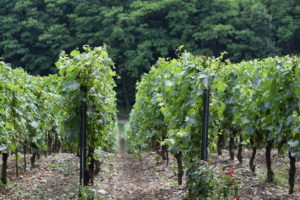 Over 90% of wine-growers in Franciacorta are members of the consortium, there is a camaraderie one can sense between the wineries when visiting. Thank you to Laura Donadoni and The Franciacorta Consortium for inviting and introducing me to this fantastic place.
Over 90% of wine-growers in Franciacorta are members of the consortium, there is a camaraderie one can sense between the wineries when visiting. Thank you to Laura Donadoni and The Franciacorta Consortium for inviting and introducing me to this fantastic place.
They make luxurious wine in Franciacorta. Here are my favorite stops along our week long trip… Chin Chin
Stay tuned next week for my “Virtual Walking Tour of Franciacorta” – posting on the BLOG – A visual delight …in Italy.
1. Barone Pizzini
Via San Carlo, 14 – 25050 Provaglio d’Iseo
Winery Details & Website: Since 1870, Barone Pizzini has captured the area’s long cultural significance to help shape both Franciacorta’s legacy and contemporary character. The winery is a keen observer of their land, developing thoughtful farming models that have propelled the estate at the vanguard of their region.
At its core importance, Barone Pizzini places its trust in nature first. Silvano Brescianini, the winemaker (and Managing Partner), took over winemaking responsibilities in 1994. For Brescianini, vines and wines here are borne out of a central theme: natural farming and transparency of place. The goal of low intervention results in wines defined less by artifice and more by location. Barone Pizzini allows for the narrative of events during the growing season to be observed rather than act as agents of nature.
2. Guido Berlucchi
Piazza Duranti, 4 – 25040 Borgonato di Corte Franca
Winery Details & Website: Franco Ziliani, chosen father of Franciacorta by the area’s winegrowers, guided the winery through the portals of the new millennium, which represents new yet always fascinating challenges. By his side is the second generation, in the figures of his children Cristina, Arturo, and Paolo, who are, respectively directors of Berlucchi’s communications, production, and sales and marketing.
Today’s wine scene is much more protean and competitive than it was in the 1960s, and Franco’s children show every sign of having inherited the pioneer spirit and qualities of the creator of Franciacorta. Theirs is the credit, in fact, for launching the Berlucchi ’61 and Palazzo Lana Riserva lines, but in particular for the total re-structure of the vineyards and wine-production facility, with the declared objective of absolute quality everywhere and of sustainability.
3. La Valle
Via Sant’Antonio, 4 – 25050 Rodengo Saiano
Winery Details & Website: La Valle is an idiosyncratic and leading Franciacorta estate founded in 1990 by Eugenio and Giulia Pezzola. The winery is led by their enthusiastic nephew, Stefano Camilucci, who has evolved the winery into one of the most cutting-edge and forward thinking in Franciacorta. La Valle takes its name from a small valley that was carved out by glaciers 185 million years ago that left behind morainic, fossil-rich soils that experts believe are the oldest in Franciacorta. La Valle is a modern winery on very old soil with the singular goal of expressing their unique and venerable terroir.
At the core of Stefano Camilucci’s philosophy is the harvesting of fully ripe grapes while minimally intervening in the cellar. This is a departure from what is commonly practiced with other sparkling wines, where grapes are harvested at lower levels of alcohol and later chaptalized. Stefano contends that with fully ripe grapes and zero malolactic, he has all the flavor and structure he needs without the use of barrels, chaptalization and high dosage. “With low dosage (typically under 4 g/l of sugar) and extended time on the lees, my wines are not stucchevole[cloying],” says Stefano, “but express acidity with sapidity.
4. La Montina
Via Baiana, 17 – 25040 Monticelli Brusati
Winery Details & Website: The estate La Montina is situated in the territory of Monticelli Brusati, it’s a country that occupies a beautiful strip of land between Iseo’s Lake and the morainic Amphitheatre of Franciacorta, in an area that benefits a special microclimate, and this is particularly conducive to the cultivation of the vine. The vineyards extend over an area of about 72 hectares deployed in 7 Municipalities located in the Franciacorta territory, with a predominantly hilly and on limestone and clay silt soils.
Franciacorta wines La Montina are produced according to the strict rules of Discipline of the Franciacorta Wines Consortium, the most restrictive in the world regarding the classical method. Confirming a face job searching for the highest quality zoning study, begun in 1992 by the producers of the “Consortium for the protection of Franciacorta”, allowed to define the great wine-producing vocational nature of Franciacorta, studying and evaluating the effect of climatic, geographical characteristics and morphology of the territory. This innovative detection system has allowed, and still allows, enhancing the interaction between the vine and the cultivation environment, enhancing the specificity and behavioral adaptation of a variety to the cultivation area.
5. Montenisa
Via Paolo VI, 62 – 25046 Calino di Cazzago S.M.
Winery Details & Website: The Montenisa estate is located in the heart of Franciacorta, to be precise around the hamlet of Calino, the jewel of this lovely part of Italy where old palaces, convents, abbeys, and small churches dot the green hillsides and glacier-carved valleys have witnessed centuries of history pass by. The vineyards surrounding the proprietary villa of the Maggi family have been the heart of the production of Marchese Antinori Franciacorta since 1999.
The courageous and original initiatives of brothers Piero and Lodovico Antinori was taken after a trip they took to the most famous vineyards of France. At Epernay in Champagne, the director of the local Oenological Institute, after tasting a white wine produced with much skill and care by my uncle Lodovico at his Cigliano estate in Chianti Classico, suggested that he attempt, with this wine, a sparkling wine produced with the classic methods of Champagne. Giacomo Tachis, that intelligent and impassioned student of what might be called the true and authentic science of the vine and of wine. It is thanks to his expert work that our sparkling wine managed to achieve that dignity cited by Giacomo Puccini.
6. Ca’ del Bosco
Albano Zanella, 13 – 25030 Erbusco
Winery Details & Website: There are moments without words that only sensations can define, feelings that reach the heart and become the rapture, joy and beauty of a moment to be treasured deep inside. The art of wine is one such moment, a masterpiece created by the talent that few possess, in which dedication and ability blend in a magical, mystical marriage with nature. The infinite in a single drop, fruit of a slow, devoted and meticulous passion. People, like territories, have a vocation. And so it was that a fifteen-year-old boy had a lightning intuition of what life could be like pursuing it.
The meeting between young Maurizio Zanella and gentle Franciacorta, when his mother moved to Erbusco and planted the first vineyard, was the initial contact with what would be the love of his life. But it was after a trip to Champagne, to the famous maison whose wine had always fascinated and inspired him, that Maurizio returned with the unshakable idea of making something similar. What was once a house in a chestnut wood became one of the most trailblazing wineries in Italy. Since then a single principle has been defining the essence of Ca’ del Bosco: the quest for excellence.
7. Ricci Curbastro
Via Adro, 37 – 25031 Capriolo
Winery Details & Website: A family of agriculturalists in Franciacorta narrates its own universe:
a farm estate and a wine cellar, a wine museum, an agritourism, and antiques from the Granaio Verde. Agricultural tradition since the thirteenth century, the Ricci Curbastro family runs farm estates in Lugo di Romagna (Ravenna), in Rontana di Brisighella (Ravenna), and the homonymous farm estate of Capriolo in Franciacorta (Brescia).
Of the 32 hectares of estate surface area, 27.5 ( 68 acres) are planted with vineyards according to the strict guidelines of modern viticulture and of the Consorzio Vini Franciacorta (Franciacorta Wine Consortium), of which the estate is member from its foundation. In the secular park where the Villa Evelina stands, is located the underground WINE CELLAR, where the fermentation processes and the slow aging of Franciacorta DOCG take place. The vinification is controlled by the enologists Annalisa Massetti, and Riccardo Ricci Curbastro: a mix of experiences for wines that are meant for the increasingly demanding tastes of consumers worldwide.
8. Lantieri de Paratico
Via Videtti, ingresso da via 2 Agosto 25031 Capriolo
Winery Details & Website: The more contemporary history of this winery develops around Capriolo, an evocative medieval borough where, in the 1970s, Giancarlo Lantieri was one of the first – with oenologist Cesare Ferrari – to make his first steps in the production of sparkling wines, now recognised and acclaimed as Franciacorta D.O.C.G. The Lantieri company nowadays produces about 160,000 bottles a year, of which 120,000 are Franciacorta D.O.C.G. and the rest are Curtefranca, cultivated in vineyards covering 20 hectares, all tended directly by the company and situated in the districts of Capriolo and Adro, in the lush green area known as Colzano, protected by the hills surrounding the Winery.
The clayey silicic nature and lime content of the soil make this land particularly suitable for wine growing and Chardonnay in particular. Centuries-old traditions, combined with today’s modern wine-making processes, have contributed to a complete series of Franciacorta DOCG and DOC wines acclaimed for their fineness and strength, elegance and taste.
9. Mosnel
Via Barboglio, 14 – 25040 Camignone di Passirano
Winery Details & Website: In the cellars of sixteenth centuries old country estate continues the long tradition of wine that inherited Barboglio in 1836. With the newly DOC Franciacorta the company since 1968, under the wise guidance of Emanuela Barboglio has specialized in modern viticulture. Today his sons, Giulio and Lucia Barzanò, collect this precious heritage to hand it renewed for future generations.
All Mosnel Franciacorta make at least part of the fermentation in wood. The Franciacorta contain multi vintage wines from previous vintages to keep constant the Mosnel style. Style that through the wise use of wood enhances the peculiarities of single vintage. It is with this philosophy that Mosnel of elegance, complexity and longevity in their wines. Set in large part in the ancient structures of the sixteenth, seventeenth, eighteenth century that provide an ideal atmosphere for the aging of the Franciacorta.
10. Biondelli
Via Basso Castello, 2 – 25046 Cazzago San Martino
Winery Details & Website: The origins of the Biondelli family are to be found in the city of Piacenza (a town in the North of Italy) where the family was part of the city aristocracy during the period of the ancient Duchy of Parma, Piacenza and Guastalla.
Strongly involved in the silk trade and owner of considerable estates in the region of Piacenza as well as in the bordering Duchy of Milan, the Biondelli family was also involved in the administration of the city under its different rulers with its members serving as treasures of the community for three generations (from 1737 to 1804). The territory of Franciacota includes the Morenic Field which stretches south from Lake Iseo in that part of the Province of Brescia set in-between the Rivers Mella to the East and Olio to the West and that reaches out to the slopes of the Montorfano Hill.
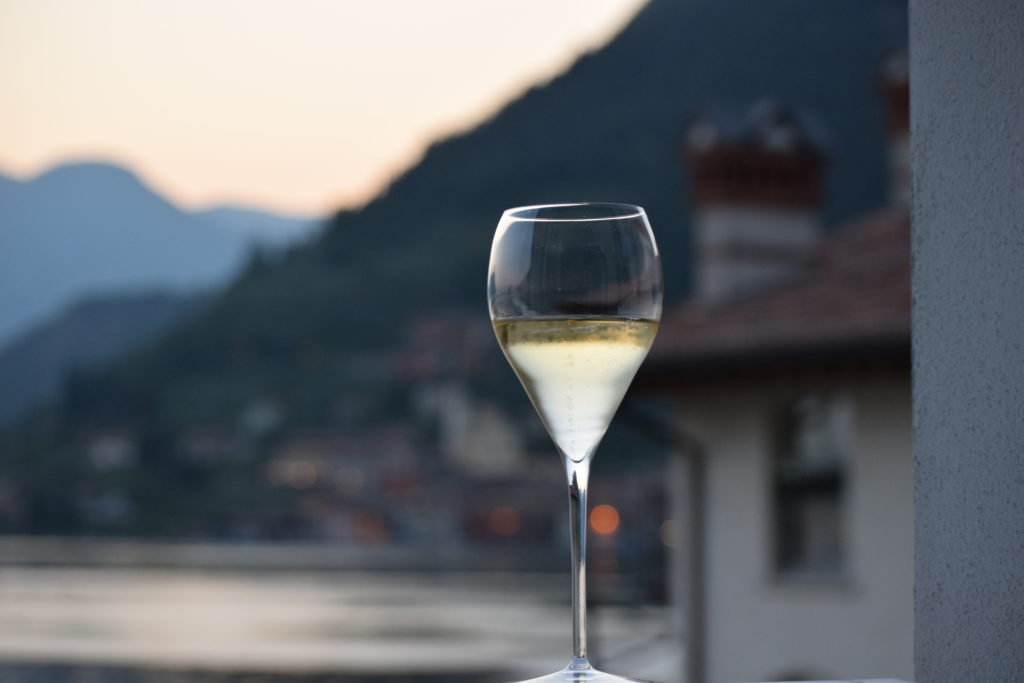
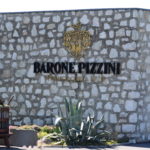
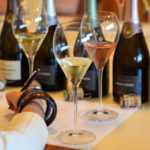
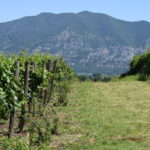
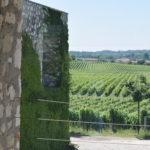

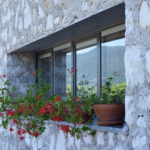
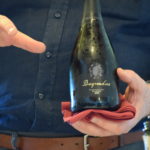
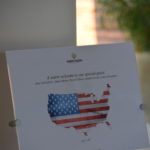
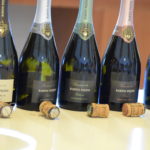
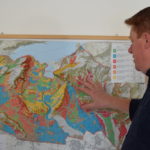
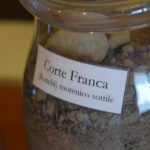

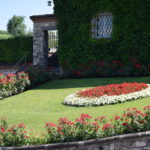
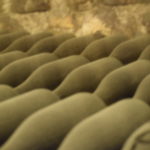
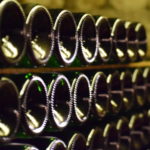
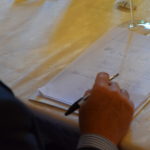

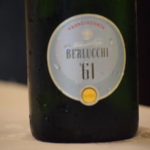
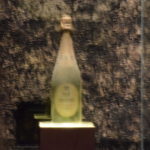
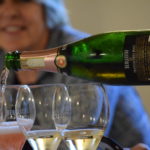
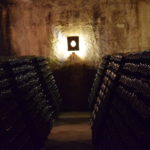
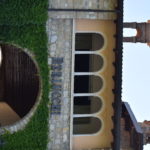
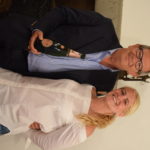
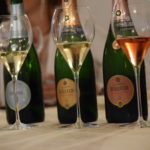
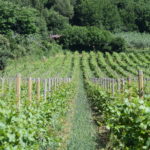
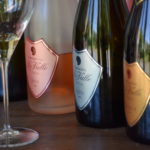
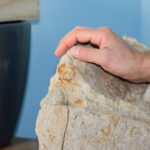
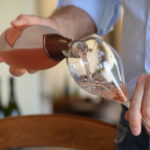

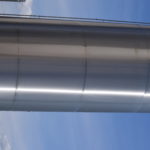
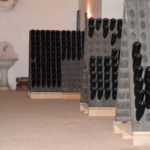
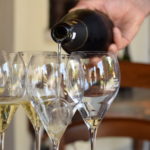
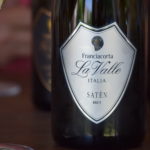
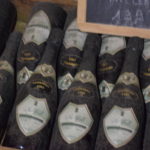

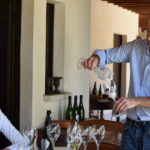
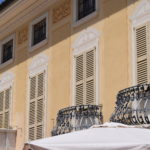

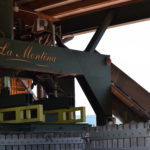
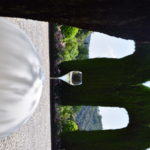
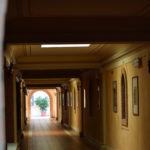
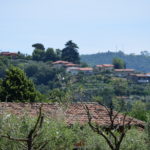
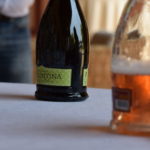
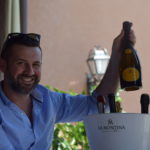
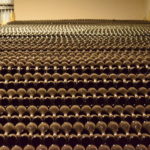
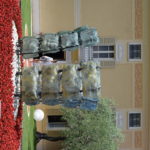
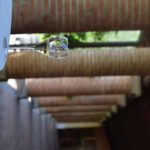
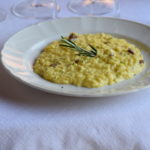
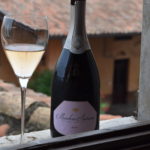
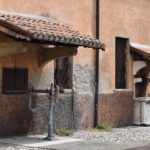
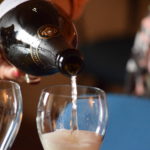
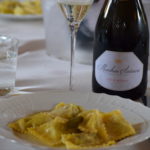
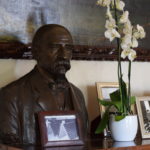
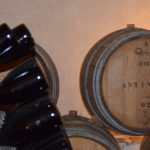
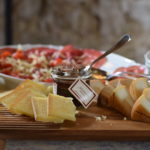
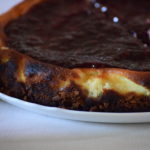
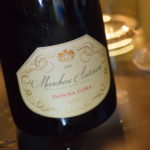
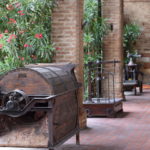
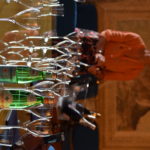
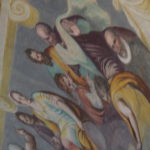
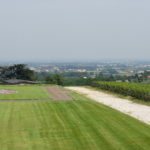
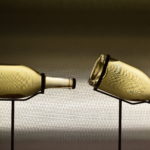
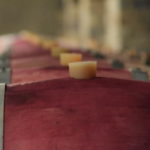
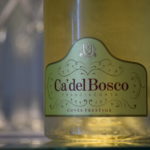
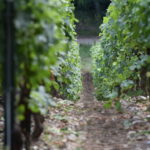

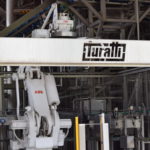
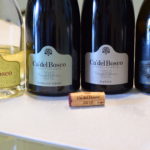
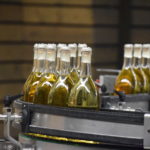
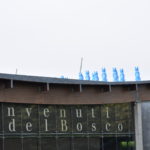
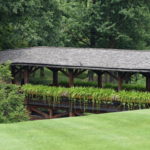

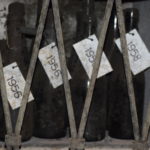
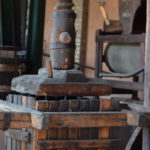

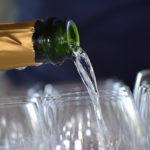
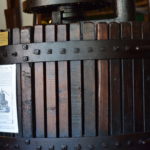
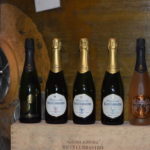
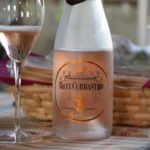
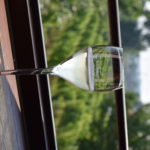
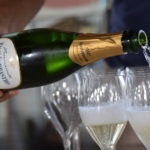

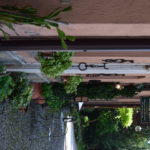
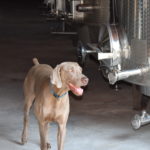
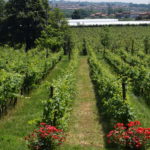
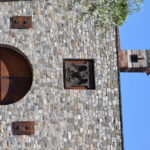
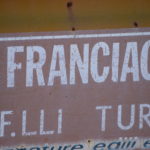
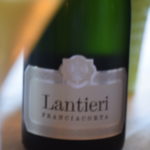
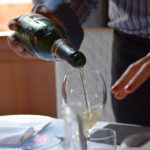
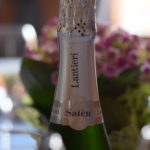
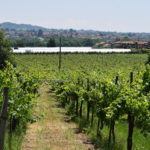
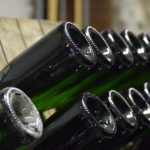
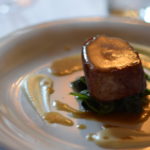
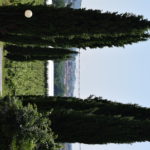
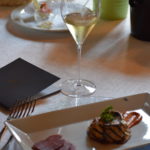
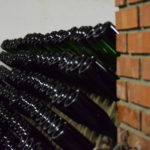
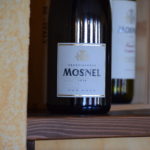
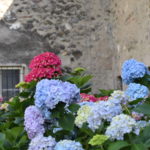
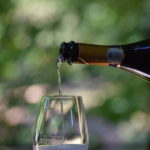
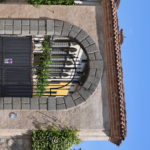
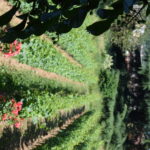
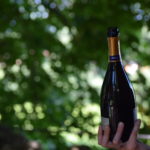
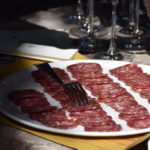
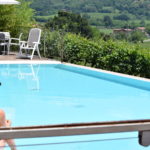
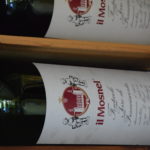
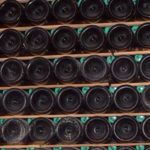
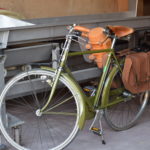
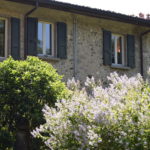
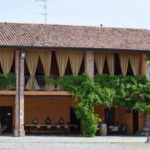
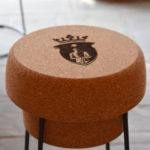
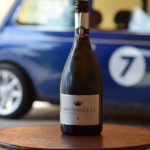
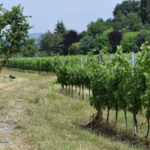
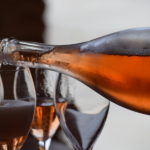
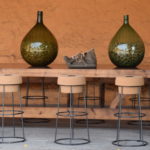
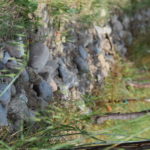
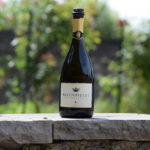
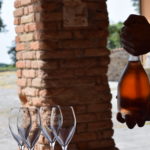
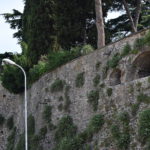
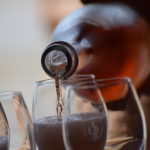
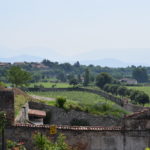
[…] Franciacorta, as I mentioned earlier, they make fierce bubbles with some serious age ability. The ideally shaped […]